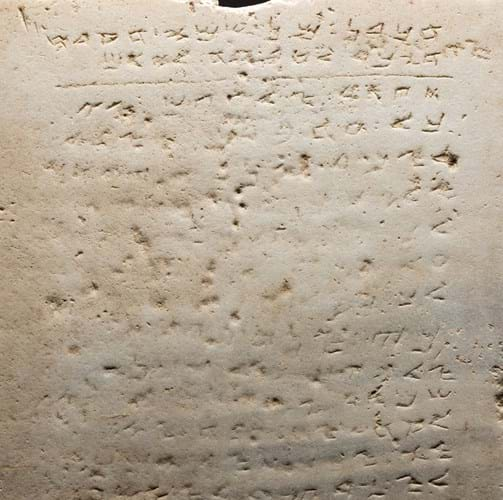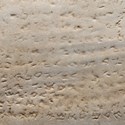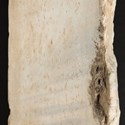
The two-foot square white marble slab, from the late Roman-Byzantine era, was one of a number of religious artefacts owned by the Living Torah Museum in Brooklyn, New York that it sold at Heritage Auctions yesterday.
The buyer did not want to be identified but will have to ensure the tablet goes on public display which is part of the conditions of sale.
Heritage Auctions director David Michaels said it is likely it had come from an entrance of a synagogue that was either destroyed by the Romans between AD 400 and 600, or by the Crusaders in the 11th century.
It measures 2ft by 22.5in (63.5cm x 57cm) and is inscribed with 20 lines of Paleo-Hebrew characters rendered in the Samaritan dialect.
Yavneh stone
The tablet is known as the Yavneh Stone as it was rediscovered in 1913 near Yavneh, during the excavation of a railroad line along the southern coastal plain of Palestine.
Heritage said the workmen who found it did not recognise its importance and either sold or gave it to a local Arab man who set it into the floor of his home. Subsequent wear and tear led to several words becoming blurred.
Its rediscovery was published in a journal in 1947 by Y. Kaplan, who bought the stone in 1943, and Yitzhak Ben-Zvi, later Israel's second president (1952-1963).
In the 1990s it was sold again to antiquities dealer Robert Deutsch. The tablet was granted export to the US by the Israeli Antiquities Authorities in 2005 and Rabbi Saul Deutsch bought it and put it on display in his Living Torah Museum in 2005. The museum has sold a number of artefacts to raise funds.









